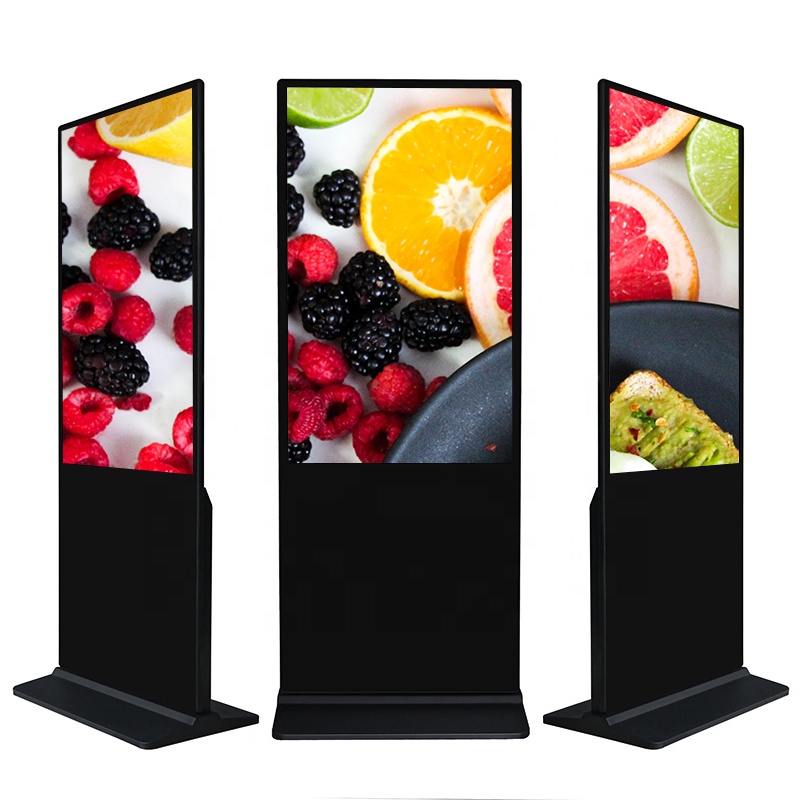Function Introduction
A touch screen, also known as a "touch panel" or "touch screen display," is a type of sensing liquid crystal display device that can receive input signals from touch or stylus. The capacitive screen operates by sensing the human body's electric current. It comprises four layers of composite glass screens. The inner surface and the interlayer of the glass screen are coated with a layer of ITO (transparent conductive film), with an additional thin layer of quartz glass serving as the outermost protective layer. The interlayer ITO coating functions as the working surface with four electrodes drawn out from the corners, while the inner ITO acts as a shielding layer ensuring proper functionality.
Possible Faults when the Screen is Damaged
1. Insensitivity or erratic touch response could stem from electrostatic interference, unstable voltage, driver errors, or CTP short circuits.
2. Touchscreen malfunction might result from the screen being electrically charged, disrupting the flow of expected currents from the fingertips. Balancing the charge could restore the screen.
3. Yellowing in certain screen areas might be due to uneven colors in the LCD module itself. Testing instruments can measure the chromatic uniformity of the LCD module to determine if it falls within normal range values, thus eliminating backlight module issues.
4. Another cause of yellowing could be the aging of the backlight module. LCD screens rely on backlighting for illumination, which typically has a lifespan of around 30,000 hours, influenced by usage environment.
Analysis of Touchscreen Damage Causes
Electrostatic incidents or mild static discharges can cause "drift" or, in severe cases, permanent damage to capacitive touchscreen devices that rely on electric fields for positioning.
Physical damage, such as impact or vibration, can directly damage the silicon glass protective layer of capacitive touchscreens, leading to drifting or screen failure, resulting in permanent damage.
Other conductive substances, like moisture or sweat, inadvertently entering the screen, can damage the capacitive touchscreen and other components, disrupting normal operation.
Screen Aging
Backlight aging affects the LCD screen's lifespan, causing a gradual decrease in display quality due to decreased color temperature. As the years pass, the screen may exhibit a yellowish tint.
Long-term operation of LCD screens is generally acceptable. However, providing intermittent breaks for the screen is recommended for maintenance purposes (ideally, a four to five-hour rest every three days, subject to actual usage).
Regular exposure to sunlight can make the LCD box more fragile, accelerate internal component aging and rust in rainy conditions. Additionally, exposure to sunlight can shorten the backlight's
lifespan, and rain or water splashes may weaken its effectiveness.
Let me know if you need anything else!
Post time: Dec-27-2023

